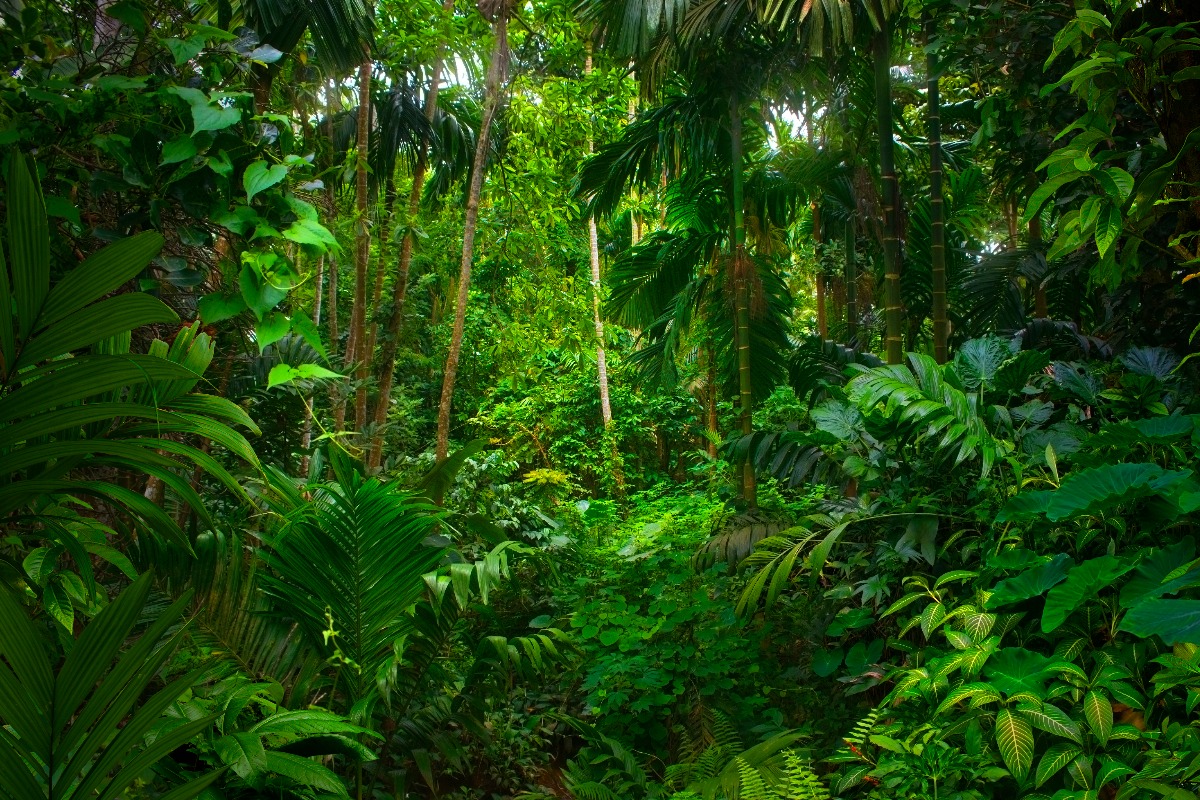When you hear the words “permaculture” and “food forest,” images of sprawling farms in remote locations, off-grid, earthen homes, and hippies living communally would come to mind. But many pockets of permaculture can also be found in suburbs and even urban settings. In recent years, it’s become more common to find urban communities converting abandoned lots into productive food forests, composting and recycling posts, and gardens. Some households transform their small outdoor spaces, and even rooftops, into subsistence farms.
So if you’re dreaming of a life where you can be self-sustaining and still able to enjoy the conveniences of city life, it is possible with an urban permaculture forest. Here are the steps you can do to get started:
Laying the groundwork
Ideally, you’d need some land you can till and plant trees on. If you have a paved outdoor space, be it a backyard or front lawn, you can pay for excavation services to clear out some land for planting. The next step would be to get your soil tested for pH balance and health. It wouldn’t make any sense to start a food farm on infertile or nutrient-deficient soil. You can introduce microorganisms, improve draining through tilling and adding compost, and add mulch to prevent weeds. You can also install vegetable beds and vertical structures to maximize space.
Creating zones
In permaculture, a lot of work goes into planning zones. For a forest farm to work, you’ll need to organize elements based on the frequency of human use and plant or animal needs. The first zone, Zone 0, will be your house and other structures. Zone 1 would be the plants and elements that require frequent attention. Zone 2 is typically for perennials and low-maintenance crops, while Zone 3 would be where you grow your main crops. Then Zones 4 and 5 will be the semi-wild and wilderness areas, respectively. In the case of an urban farm, the last two zones would mean overgrown weeds and natives allowed to grow naturally.
Creating layers
A food forest, or a forest garden, incorporates habitats and systems found in forests and typically has three layers. These layers include the canopy, or taller, native trees, the middle story, which includes production or orchard trees and shrubs, and the understory, or the underlying layer of vegetation that keeps the soil moist and teeming with organic matter.
Once you’ve established these three layers, your food forest will become an efficient, symbiotic system that does all the work for you. All you’d need to do is support these systems, like pruning the trees, trimming shrubs, and introducing new beneficial plants.

Production crops
The beauty behind permaculture is that once you’ve laid down the groundwork, like installing an efficient irrigation system, starting a compost, and setting up renewable energy systems, growing crops will be the easy part. The main thing you need to have is diversity. Avoid monocultures at all costs as they destroy the nutrients in the soil and attract all sorts of pests and diseases. You might want to have a few fruit-bearing trees if the space allows it.
But only plant those that grow well in your area. You should also have a mix of leafy greens, legumes, vine plants, and herbs. The more diverse your crops are, the healthier and tastier your meals would be. It’s also a good rule of thumb to grow only those you like to eat to avoid waste.
Raising animals
People who start urban permaculture farms would dream of subsisting purely on what they grow or produce. If you’re a meat-eater, you would want to raise your own livestock to reduce trips to supermarkets. But space, permits, and neighbors can limit you from doing so. The best-case scenario is to have a coop and a few hens for eggs. This can be discouraging for some, but it’s still much better than nothing.
Artisanal goods and crafts
If raising animals is not an option, you can, instead, divert that energy into making food products and other crafts. A big part of the permaculture lifestyle is making everything you need from scratch. For instance, if you have a big harvest of vegetables and fruits, you can make pickles and jams. To extend your fruit harvest season, make ciders and wines out of your fruits. If you look hard enough, you’ll find that your forest farm has many byproducts that can be turned into something functional and beautiful.
A permaculture food forest in the concrete jungle is completely possible, and some level of community effort is one of the keys to success, so don’t be afraid to let your neighbors and friends in on the project.
